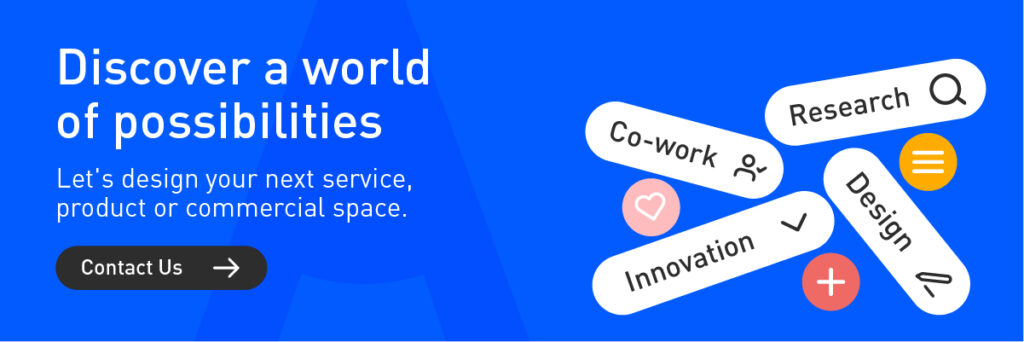In this series of posts, I will be sharing with you some of the latest trends and developments in the world of user interface design and user experience. For this post, I will talk about applications of artificial intelligence that will have a significant impact on design. Obviously, as a designer, I will try to focus on tools that enhance the workflow, that focus on automating repetitive and low-value tasks, and that, finally, allow us to enhance the work of the designer as director of the design process. Tools that we already use on a daily basis at Blaster.
The AI revolution in user experience design
Artificial intelligence is radically transforming UX/UI design, becoming an indispensable tool for modern UI designers. We will explore how AI is empowering digital design and revolutionizing UX/UI workflows.
Artificial intelligence as an enhancer of user interface design
As we well know, artificial intelligence has been a technological disruption that split history in two. We are increasingly seeing how its applications cover all sectors of the economy and in the case of design it has not been the exception. Now we are beginning to see specific cases of AI use in UX/UI design software. The most relevant are the updates in Figma, which were launched in the last year and which focus mainly on automating operational tasks and streamlining the creative process.
This is where we see an approach to AI as an assistant to facilitate the designer’s workflow and not a replacement for it. Which is a strategy that has been widely accepted by the user base of the design platform.

Image courtesy of Figma.
Figma and the AI revolution
Figma has created a section on its website explaining its AI usage strategy, in which it shares both the specific functionalities integrated into Figma’s workflow and articles discussing the future of design with AI.
Among the artificial intelligence functionalities that Figma has implemented and that are transforming interface design, we find:
- Automation of operational tasks
- Acceleration of the creative process
- Assistance in UI design, not replacement of the designer

Artificial intelligence as an enhancer in usability testing and technical validations of user interfaces
AI is also being deployed to perform usability validations. Today, tests such as heatmaps, which measure where people look or touch interfaces, can now be performed almost instantly. With the Figma Attention Insight Plugin, such tests can be performed quickly and easily. AI can also be a very powerful tool when it comes to facilitating the identification of insights in user testing. Loop Panel is an AI-backed virtual assistant that helps you transcribe interviews, summarize, filter, and group concepts or topics of the conversation. This saves operational time and helps us focus on capturing insights.

Image courtesy of Attention Insight.
Recommendations when using these tools
As you can see, AI is a great support tool, and therefore, like any tool, it must be used correctly. We will give you some recommendations to enhance its work:
- Give AI quality information: be it a good interface design or clear and coherent information data. “If you give AI garbage, it gives you garbage.”.
- AI will not replace real validations with users: use AI as an additional filter in your validation process to speed up your work process.
- The idea helps you generate ideas, not create products: You must understand that AI has a great capacity when it comes to generating ideas, that will save you time in your creative process, but the final product must be perfected by yourself.
Boost your digital design with UX/UI and AI experts
Looking to take your digital design to the next level with AI? Our team of UX/UI experts is ready to help. Contact us for a personalized consultation and discover how we can empower your project with the latest trends in design and artificial intelligence. Do you prefer an immediate response? Contact us on WhatsApp to receive personalized advice instantly.